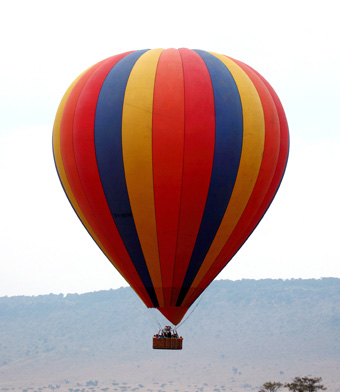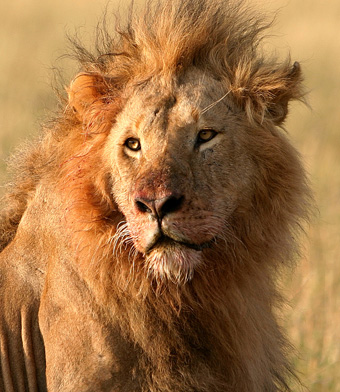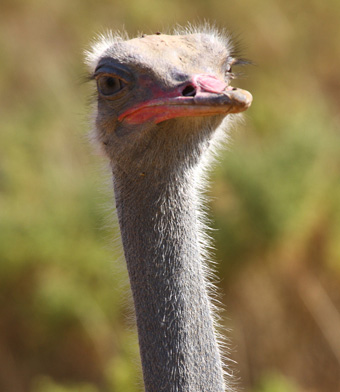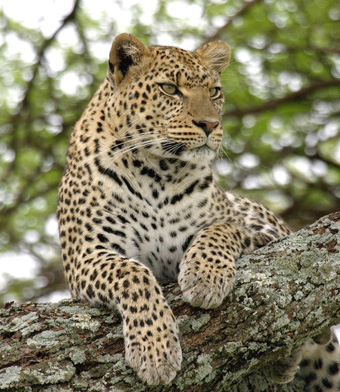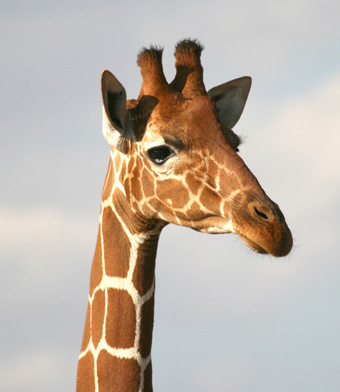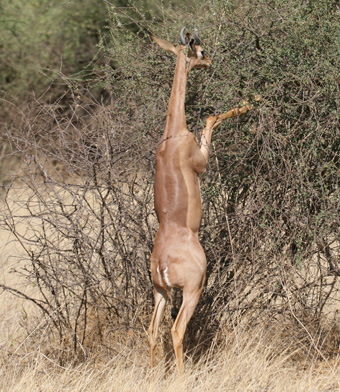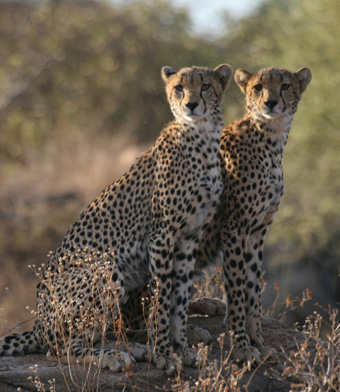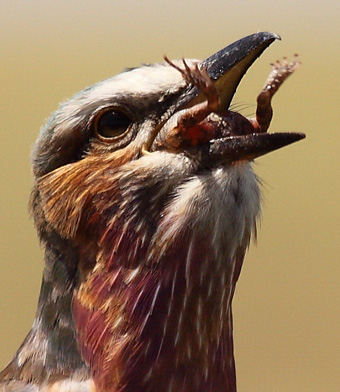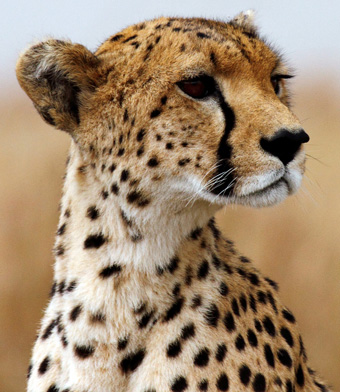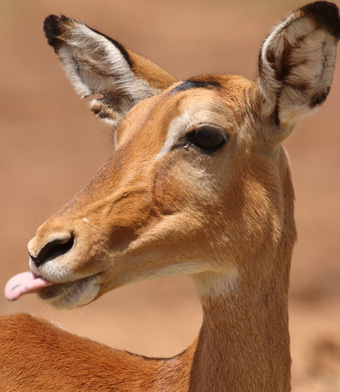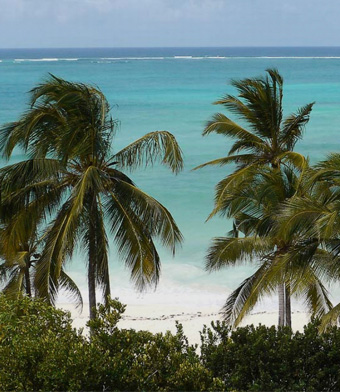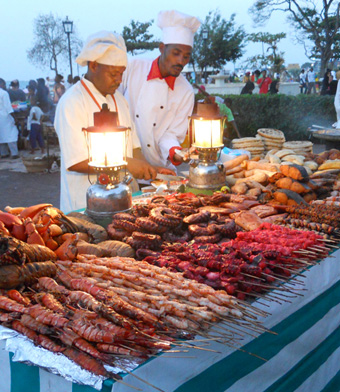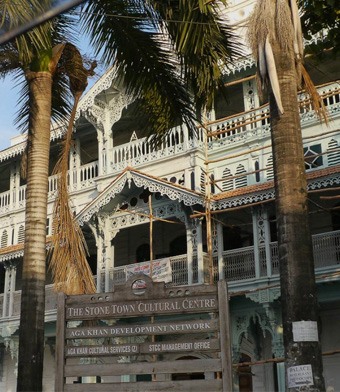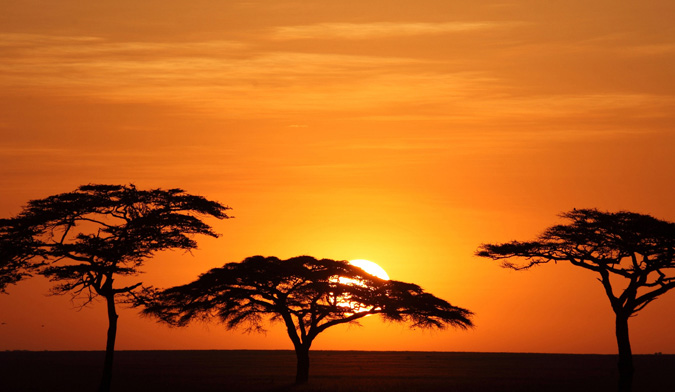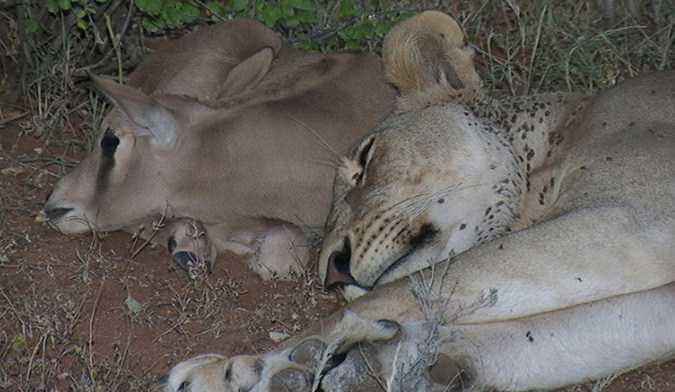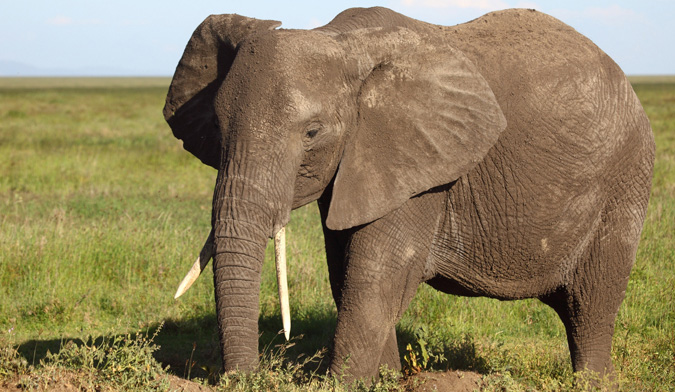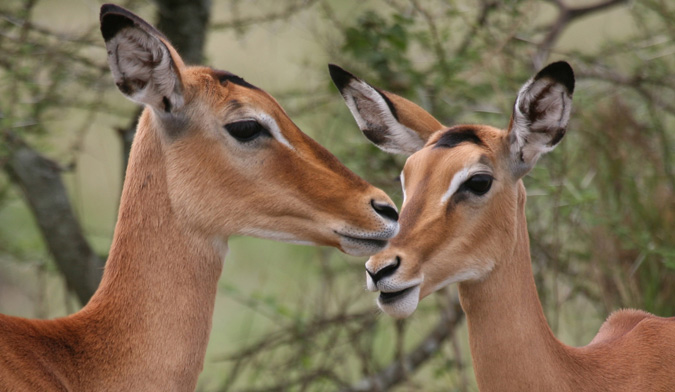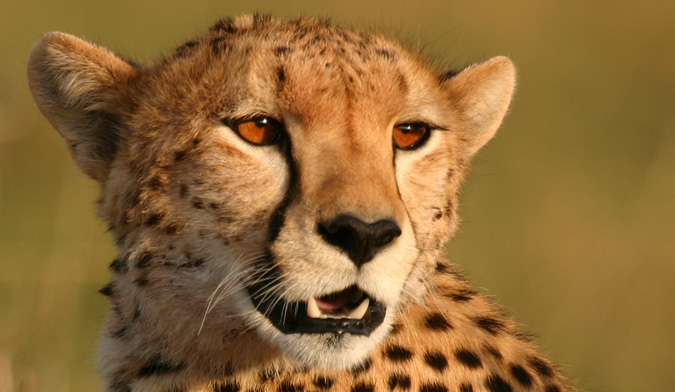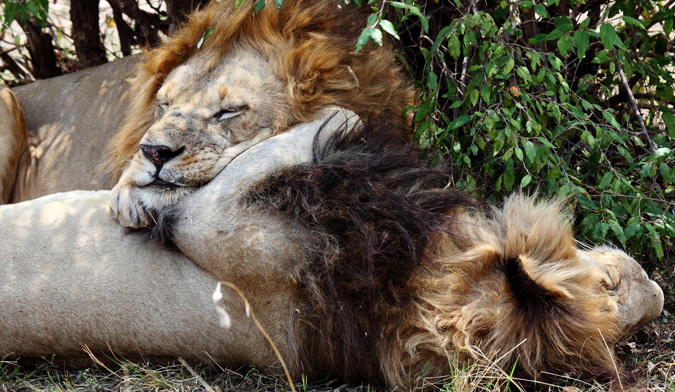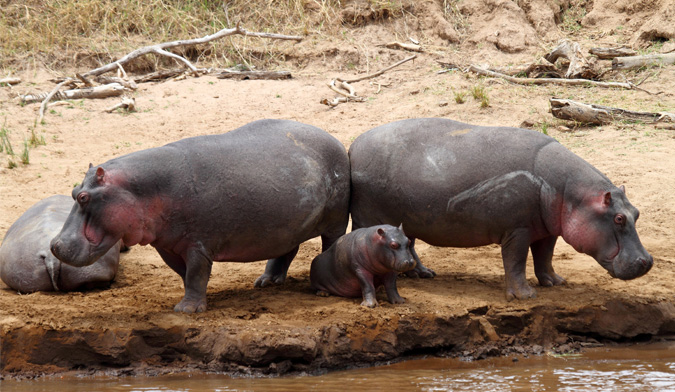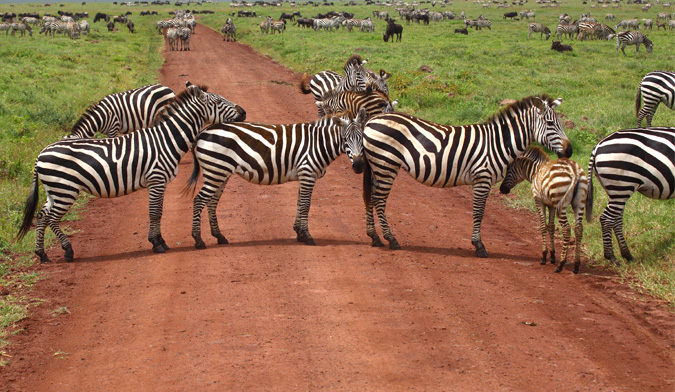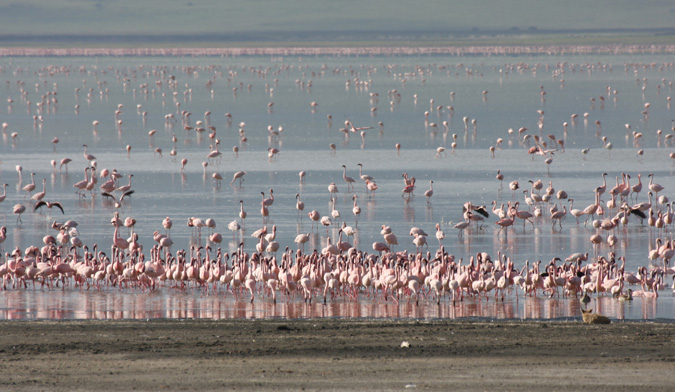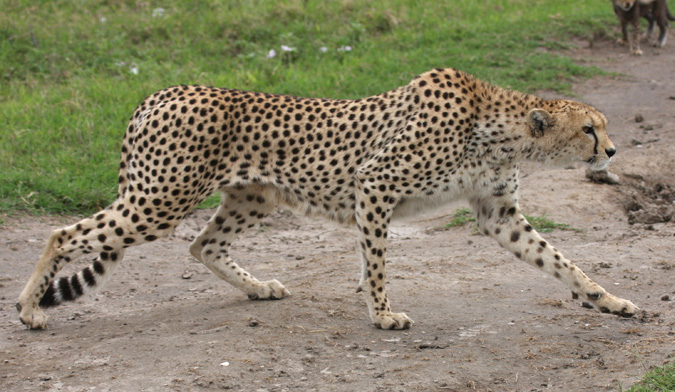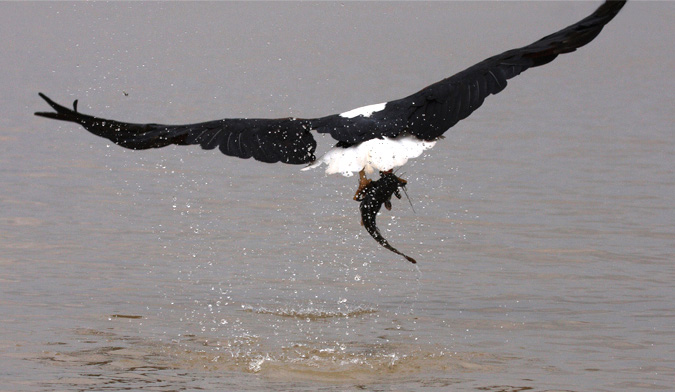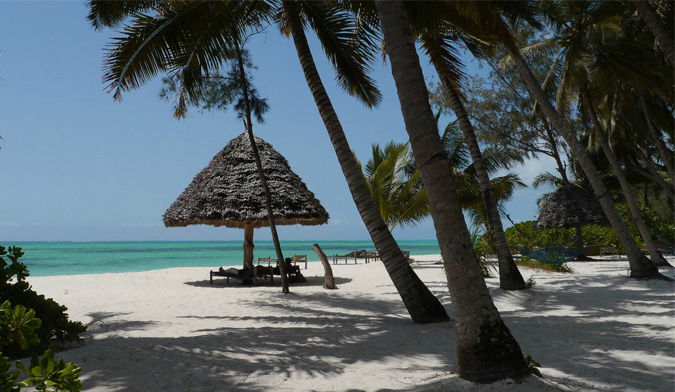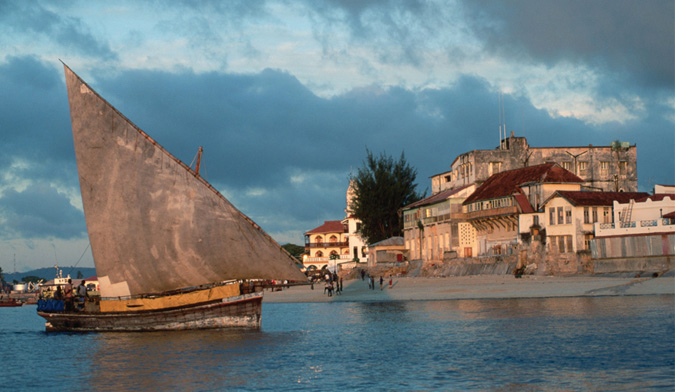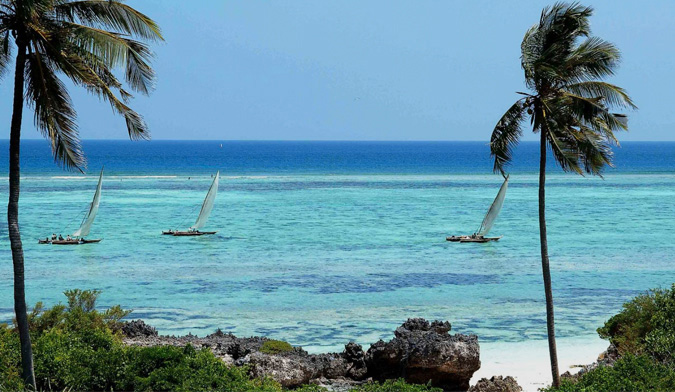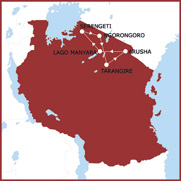 |
duration 7 nights - 7 ands a half days place of deparures hotel in Arusha reference route KS271 departure day monday; transport landcruiser 4x4 |
|
- itinerary
- tariff
- lodges
- parks
Day 1 Arusha
Met on arrival at Kilimanjaro Airport. Transfer to Mt Meru Game Lodge for dinner and overnight HB.
Day 2 Arusha - Tarangire Park - 120 km / 2h00 approximately
After breakfast the safari sets out for Tarangire National Park. Lunch at Tarangire Sopa Lodge followed by an afternoon game drive in Tarangire National Park, famous for the profusion of giant baobab trees and large elephant herds. Dinner and overnight Tarangire Sopa Lodge FB.
Day 3 Tarangire Park - Lake Manyara - 125 km / 2h00 approximately
Breakfast and then set out for Lake Manyara National Park. Stop for lunch at Manyara Serena Lodge overlooking the lake before descending the escarpment into the National Park for an afternoon game drive. Return to the lodge at dusk. Dinner and overnight Manyara Serena Lodge FB.
Day 4 Lake Manyara - Serengeti Park - 210 km / 5h00 approximately
After breakfast the safari continues to the Serengeti National Park. Lunch at Serengeti Sopa Lodge, followed by an afternoon game drive. Dinner and overnight Serengeti Sopa Lodge FB.
Day 5 Serengeti Park
ull day game drive in the Serengeti with picnic lunch. Dinner and overnight Serengeti Sopa Lodge FB.
Day 6 Serengeti Park - Ngorongoro Crater - 190 km / 4h00 approximately
Today the safari turns south and continues to the Ngorongoro Crater. En route we stop at the Olduvai Gorge, famous as the spot where palaeontologists Louis and Mary Leakey discovered some of the earliest remains of mankind. Picnic lunch en route. In the afternoon drive up to the Ngorongoro Crater. Remainder of the afternoon at leisure. Dinner and over night at Ngorongoro Sopa Lodge HB.
Day 7 - Ngorongoro Crater
Full day game drive in the Crater with picnic lunch. Time to discover why the Ngorongoro Crater is regarded as one of the seven natural wonders of the world. A truly remarkable day is in store! Ngorongoro Sopa FB.
Day 8 Ngorongoro Crater - Arusha - 190 km / 3h00 approximately
After breakfast the safari returns to Arusha.
Prices are per person for the entire route
from 16 december 2014 to 31 december 2015
Prices from US$ 2.190 per person in a double room
The safaris are guaranteed with a minimum of two people from 16/12/2013 to 31/03/2014 and from 01/07/2014 to 31/10/2014 and with a minimum of four people from 01/04/2014 to 30 / 06/2014 from 01/11/2014 to 15/12/2014.
The guarantee of a seat is always subject to availability of space in the car and lodges indicated in the itinerary. It may be necessary to reverse the parks in the itinerary without, however, changing its quality.
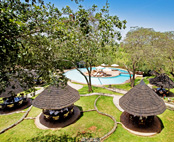 |
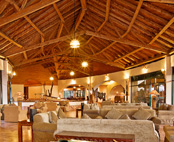 |
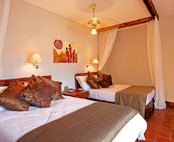 |
Tarangire Sopa
Tarangire Sopa Lodge hidden among the kopjes and surrounded by ancient baobab trees, is centrally located in the park with the largest concentration of elephants per square kilometre in Africa.
The lodge is located 118 km southwest of Arusha, about 2 hours drive or a 20-minute flight followed by game drive transfer of 20 minutes.
The lobby, spacious and bright with marble floors, has sliding glass doors that open onto a veranda where you can relax and enjoy the view.
The lodge has 75 rooms, all with private sitting room, bathroom, 2 king size beds and a balcony, where you can enjoy the scenery; 4 of these rooms are suitable for the disabled.
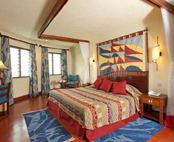 |
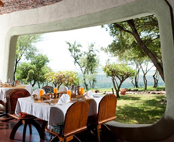 |
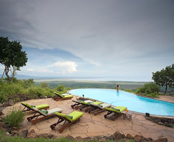 |
Lake Manyara Serena Safari Lodge
The Lake Manyara Serena Safari Lodge is 130 kilometres from Arusha on a good road. This lodge is unique for its exceptional panoramic views of the Great Rift Valley and to the south Manyara Park.
The rooms are designed in traditional circular spacious buildings with conical thatched roofs. Each has a small porch, and interior furnishings reflect the blue of the lake and the pink of its flamingos.
The dining room, decorated in traditional Maasai style, has a bar, a central buffet and seating both inside and outside. The beautiful pool and pool bar is located in the centre of the lodge, perched on the edge of the Rift Valley wall, with breathtaking views of the valley and park 400 metres below.
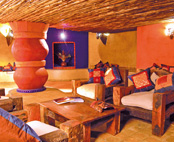 |
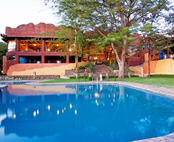 |
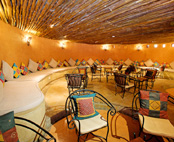 |
Serengeti Sopa Lodge
Located 315 km from Arusha, about 7.5 hours by car, and 50-minute flight with a 45-minute drive from the nearest airstrip, the lodge is located in the Nyarboro Hills, overlooking the plains of the Serengeti .
The lobby is airy and spacious, the walls are painted with earth colours of the surrounding area with attractive wall lamps, giving a soft lighting to complete the experience of warmth and intimacy.
The standard rooms are 69, all with 2 king beds, carpeting, and tastefully furnished with local fabrics and pictures. There is a veranda in front, with two comfortable chairs and a small table, from which you can enjoy the view of the Serengeti plains stretching to the horizon.
There are four double suites, with a sitting room on the ground floor and the bedroom upstairs with a king size bed on a raised wooden platform. Your bathtub has a panoramic view of the plains.
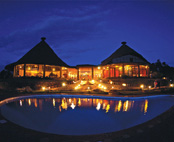 |
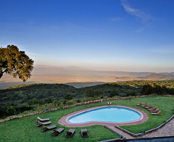 |
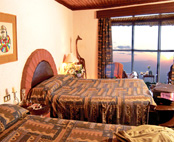 |
Ngorongoro Sopa Lodge
The lodge is located at 170 km from Arusha, perched on the edge of the Ngorongoro crater, a world heritage site, often referred to as the eighth wonder of the world. The lodge has a beautiful view of the crater, which is home to large herds of buffalo, wildebeest, zebra, black rhino, elephants, cheetahs, leopards, lions and herds of gazelles and wildebeest.
Its location on the eastern edge also allows easy access to the crater and a spectacular view of the African sunset.
The lobby is very spacious with a high ceiling and a glass dome. Tea and coffee are freely available to guests in the bar area.
The lower lobby has a large window, which opens onto the veranda, overlooking the pool. All 91 double rooms are very spacious with two queen beds and a separate dressing area.
The restaurant is in a circular shape, and a feeling of space with the ceiling looking like the inside of an umbrella.
Ngorongoro Sopa is the ideal setting for small wedding ceremonies.
Tarangire National Park
It is the vast number of baobab trees that first captures the eye as you enter Tarangire National Park. The gently rolling countryside is dotted with these majestic trees, which seem to dwarf the animals feeding beneath them.
Although elephant will be the primary focus of our time in Tarangire, it has plenty of other animals for us to see. It is spectacular at the height of its season, during the dry months of July to December, when the animals migrate, many of them daily, to the permanent water of the Tarangire River. The species seen is very diverse from a large population of elephants to wildebeest, zebra, buffalo, impala, gazelle, and eland range along the dry river banks. With a smorgasbord of wildlife, predators are ever present. During these months, you would be witness to the second largest concentration of wildlife per square kilometre within Africa! It is second only to Ngorongoro Crater. The animals aren't the only factor that impresses so many of our guests but the large variety of habitats provides us with amazing birdlife of over 550 species. This is a long park and as one ventures further south it becomes increasingly wild, exciting and unpredictable.
By mid March the place is brittle and dry as towering purple-grey clouds gather over the horizon heralding Biblical thunder storms of lighting and rain sweeping across the plains, creating raging torrents from the dusty luggas. Overnight some of the animals start migrating back to the vast Maasai Steppes that surround this park to pastures new until, in the month of June onwards, the sun dries the bush once more to start wildlife’s long trek back to Tarangire River. The circle of life begins.
Tarangire Park is wild and varied. To us it is a wonderful park, truly “Africa Uncompromised”.
Manyara Lake
Stretching for 50km along the base of the rusty-gold 600-metre high Rift Valley escarpment, Lake Manyara is a scenic gem, with a setting extolled by Ernest Hemingway as “the loveliest I had seen in Africa”.
The compact game-viewing circuit through Manyara offers a virtual microcosm of the Tanzanian safari experience.
From the entrance gate, the road winds through an expanse of lush jungle-like groundwater forest where hundred-strong baboon troops lounge nonchalantly along the roadside, blue monkeys scamper nimbly between the ancient mahogany trees, dainty bushbuck tread warily through the shadows, and outsized forest hornbills honk cacophonously in the high canopy.
Contrasting with the intimacy of the forest is the grassy floodplain and its expansive views eastward, across the alkaline lake, to the jagged blue volcanic peaks that rise from the endless Maasai Steppes. Large buffalo, wildebeest and zebra herds congregate on these grassy plains, as do giraffes – some so dark in coloration that they appear to be black from a distance.
Inland of the floodplain, a narrow belt of acacia woodland is the favoured haunt of Manyara’s legendary tree-climbing lions and impressively tusked elephants. Squadrons of banded mongoose dart between the acacias, while the diminutive Kirk’s dik-dik forages in their shade. Pairs of klipspringer are often seen silhouetted on the rocks above a field of searing hot springs that steams and bubbles adjacent to the lakeshore in the far south of the park.
Manyara provides the perfect introduction to Tanzania’s birdlife. More than 400 species have been recorded, and even a first-time visitor to Africa might reasonably expect to observe 100 of these in one day. Highlights include thousands of pink-hued flamingos on their perpetual migration, as well as other large waterbirds such as pelicans, cormorants and storks.
Serengeti National Park
Great stretches of Africa in 1913 were still unknown to the white man when Stewart Edward White, an American hunter, set out from Nairobi. Pushing south, he recorded: "We walked for miles over burnt out country... Then I saw the green trees of the river, walked two miles more and found myself in paradise."
He had found the Serengeti. In the years since White's excursion under "the high noble arc of the cloudless African sky," Serengeti has come to symbolize paradise to many of us. The Maasai, who had grazed their cattle on the vast grassy plains for millennia had always thought so. To them it was Siringitu - "the place where the land moves on forever."
Tanzania's oldest and most popular national park, also a world heritage site and recently proclaimed a 7th worldwide wonder, the Serengeti is famed for its annual migration, when some six million hooves pound the open plains, as more than 200,000 zebra and 300,000 Thomson's gazelle join the wildebeest’s trek for fresh grazing. Yet even when the migration is quiet, the Serengeti offers arguably the most scintillating game-viewing in Africa: great herds of buffalo, smaller groups of elephant and giraffe, and thousands upon thousands of eland, topi, hartebeest, impala and Grant’s gazelle.
The spectacle of predator versus prey dominates Tanzania’s greatest park. Golden-maned lion prides feast on the abundance of plain grazers. Solitary leopards haunt the acacia trees lining the Seronera River, while a high density of cheetahs prowls the south-eastern plains. Almost uniquely, all three African jackal species occur here, alongside the spotted hyena and a host of more elusive small predators, ranging from the insectivorous aardwolf to the beautiful Serval Cat.
But there is more to the Serengeti than large mammals. Gaudy agama lizards and rock hyraxes scuffle around the surfaces of the park’s isolated granite kopies. A full 100 varieties of dung beetle have been recorded, as have 500-plus bird species, ranging from the outsized ostrich and bizarre secretary bird of the open grassland, to the black eagles that soar effortlessly above the Lobo Hills.
As enduring as the game-viewing is the liberating sense of space that characterises the Serengeti Plains, stretching across sunburnt savannah to a shimmering golden horizon at the end of the earth. Yet, after the rains, this golden expanse of grass is transformed into an endless green carpet flecked with wildflowers. And there are also wooded hills and towering termite mounds, rivers lined with fig trees and acacia woodland stained orange by dust.
Popular the Serengeti might be, but it remains so vast that you may be the only human audience when a pride of lions masterminds a siege, focussed unswervingly on its next meal.
Perhaps Dr. George Schaller best encapsulates the Serengeti when he wrote: "Yearning for hope and thriving on dreams, we find what we seek in the Serengeti. At least once in a lifetime every person should make a pilgrimage into the wilderness to dwell on its wonders and discover the idyll of a past now largely gone. If I had to select just one such spot on earth, it would be the Serengeti. There dwell the fierce ghosts of our human past, there animals seek their destiny, living monuments to a time when we were still wanderers on a prehistoric earth. To witness that calm rhythm of life revives our worn souls and recaptures a feeling of belonging to the natural world. No one can return from the Serengeti unchanged, for tawny lions will forever prowl our memory and great herds throng our imagination."
George Schaller. Wildlife Conservation International. Excerpts from.
Conservation Area of Ngorongoro Crater
After winding up through the rain forest on a snaking road and cresting the Crater Rim, the view is breathtaking. Beneath you the entire crater can be seen 600 metres below.
This crater should correctly be called a caldera, when a volcano grows to a great height before collapsing, leaving a crater. This small world of animals has rightly earned a reputation as one of nature’s wonders. It holds as many as 50,000 animals living in a balanced ecosystem of 250 square kilometres. You will see almost every animal from enormous elephants, rhinos, hippos, many species of antelope, lions, leopards, cheetah and much more. There is a large variety of vegetation to enjoy from the verdant rain forests clothing the surrounding rim to the swamps, soda and clear water lakes, expansive plains and soda pans on the crater floor. With a picnic, you can spend the entire day or afternoon in this wonderland holding more ungulates and carnivores per square kilometre than anywhere else in the world.
The area (8,228 sq. Km) extends out from the crater and includes vast plains and the famous Olduvai Gorge, where the Leakey family discovered some of the oldest fossil bones of our ancestors.
In this vast area there are other craters, such as Olmoti, Lake Empakaai Crater, Mount Oldonyo Lengai and the Gol Mountains, offering those who want to venture into this wilderness for an exciting "off road" experience. A choice to suit all tastes.
